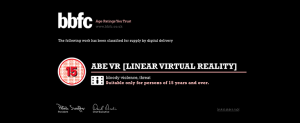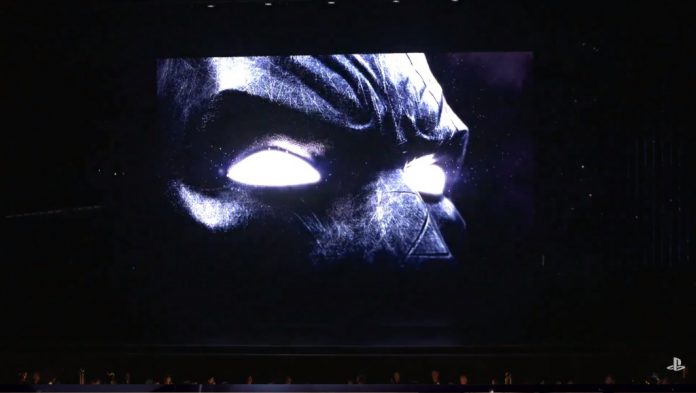This past week has seen a couple of stories where the issue of what and how to classify virtual reality (VR) pieces of content has been taken into consideration, and this is a conversation that needs to spread wider – and fast. VR has picked up massively in momentum, and it would be almost ignorant to put off ratings for much longer.
Last week, Batman Arkaham VR, a PlayStation VR launch title that was announced during E3, was given the rating of M for Mature, and as well as the usual criteria of violence and language, VR was also listed as a feature. This could be taken a few ways. It could either mean that the classification board was simply stating that this is a VR title, or perhaps it was pointed out as a reason for this title to be aimed at a more mature audience. It is possible that some boards may very well class VR as something that not everyone can instantly adjust to – not only just due to the new use of technology, but also for the additional element of immersive viewing that hasn’t necessarily been experienced before.
Outside of VR, it can be easy to look at a screen and not make a real emotional connection with either videogames or movies, but you can’t look away in VR. With risk of sounding dramatic, there is no escaping its grip. So, perhaps the Australian Classification board was right to take VR as a reason to up the seriousness of a title due to the sheer intensity of what it can create. Either way, there needs to be a set standard, or else there will be complaints that some countries get more leeway than others.
This isn’t to say that this will make all VR titles a higher rating, and I sincerely hope that doesn’t happen. It has been said time and time again that children are able to pick up VR very quickly, and they can adjust at a much higher rate than most adults. There cannot be a sense of VR being aimed at a more mature audience in general or else the classifications will not be taken seriously.
It was also discussed openly by the classification board in New Zealand, where they stated that ratings for VR needed to happen, but perhaps not right now. However, the conversation isn’t only happening with the Aussies and Kiwis – the BBFC took a big stride and has already given a rating for its first VR film, ABE VR, which is a completely different attitude to that of the NZ classification board.

What needs to happen now is a more unified form of action that isn’t necessarily restricted by borders. As the HTC Vive, Oculus Rift, Gear VR, and Google Cardboard have already taken off, and with the next big game changer is on its way, the PlayStation VR, content is going to continue to grow rapidly. At this rate, if there isn’t any action taken there will be next to no regulation. However, if the conversation is taken to the next level there is no doubt that VR will be consumed in a healthy and positive way.















